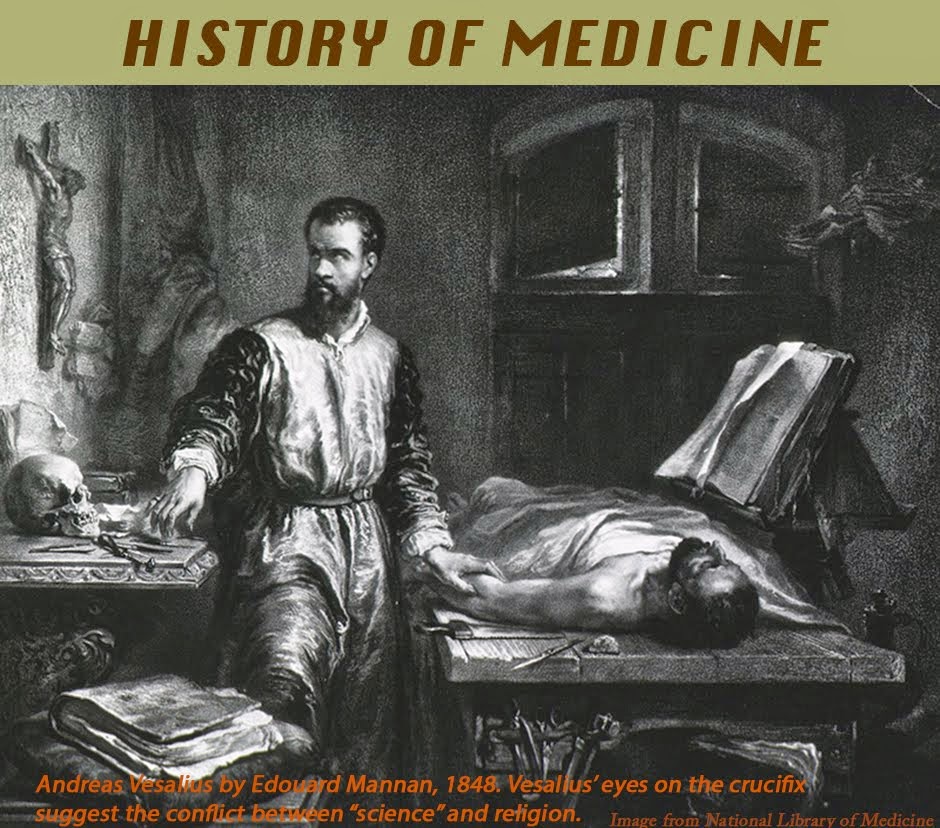FRANCE’S
MIDWIFE EXTRAORDINAIRE
Plague ravaged Europe
for the last time in Marseilles in 1720, causing an outbreak that cost around 50-100,000
lives. Some commentators, Montesquieu among them, worried that the population of
France was seriously declining. This became a national concern, especially during
the Seven Years War (1754-63) when typhus exacted a heavy toll. But the Age of
Enlightenment was underway, emphasizing rational and scientific approaches to
social problems. So, in addition to encouraging more babies, attention focused
on improvements in what would today be called public health. Inoculation
against smallpox was promoted and better methods of handling epidemics were
encouraged.
Another population-enhancer
aimed at better survival at birth. Unlicensed midwives were targeted as
part of the problem; they were labeled old, crude, superstitious, poorly
trained, and a reason for the falling population. The first volume of the Encyclopédie (1751) carried an article
disparaging midwives. A new cadre, properly trained, was needed. Male
“accoucheurs” had already been sanctioned by Louis XIV, and some surgical
professors taught and wrote about obstetrics but the numbers were limited. In 1730 a national system of examinations for midwives administered
by surgeons was introduced, though many midwives still slipped through the net.
In 1740 a twenty-five
year old unmarried woman, Angelique
Marguerite Le Boursier du Coudray, was
licensed in Paris after she had finished her three-year apprenticeship, passed the
rigorous midwife examination, and supplied testimony on her good morals and
Catholic faith. Virtually nothing is known of her earlier life. At first she
practiced midwifery in Paris. After eleven years she took on her first apprentice, who
paid 300 livres for a three-year course. She also made the acquaintance of Jean
Basilhac, better known as Frère Côme, a monk-surgeon well known for new
approaches to surgery for bladder stones, for cataract surgery, for connections
with court surgeons, and for his great humanitarian activities. He admired and
supported du Coudray throughout her career, and on his recommendation she was
invited to teach midwifery in
Auvergne, instructing young women from poor
families and few resources.
 |
| Angelique Marguerite Le Boursier du Coudray (from Wikipedia) |
 |
| Jean Basilac (Frère Côme) (from BIU Santé) |
She was a successful
teacher, but two more steps cemented her reputation. The first was the creation
of a “machine”, a model of a female pelvis, complete with reproductive organs, used
for teaching. Wood or real skeletal bones formed the pelvis, the rest was
constructed out of leather, cloth, and other materials. Various birth maneuvers
were demonstrated using a flexible
doll as the baby. Du Coudray took the machine to Paris where court surgeons,
including André Levret, Royal Accoucheur and inventor of improved forceps,
examined and praised it. She appears to be the first to use such a device, and
so clear were her presentations that even surgeons took lessons from her. She
could now teach entire classes instead of one-on-one apprentices.
Her other step was to
publish a short text, the Abrégé
(synopsis, summary) de l’Art des
Accouchements. It was concise but
complete, and well received. She states
clearly that this is not a text on obstetrics but a manual for women of less
education, that she is not a doctor, and that midwife services are primarily
for situations where doctors are not available or affordable. Later editions were illustrated and
included details on duties beyond delivery, such as ethical behavior, care after birth,
etc. Forceps came into vogue during the mid-century, though midwives were
prohibited from using them. They depended on manual maneuvers.
 |
| Abrégé, ?fourth edition (from Internet Archives) |
 |
| Illustration of normal birth in the Abrégé (from Internet Archives) |
A midwife, in fact,
had multiple duties. She took the newborn to the church for baptism. She was
consulted in legal cases such as paternity suits, whether a baby died before or
after delivery, determination of virginity, suspected rape, etc. Often the
midwife concealed unwed pregnant women in apartments until they gave birth,
sparing them humility or abortion, and took the unwanted child for baptism and
subsequent nursing in a foundling home. Discretion was important and valued.
During prenatal care
various ointments were applied to the breasts and abdomen, the mother was bled
frequently (today she receives iron), and enemas or laxatives given to prevent
hemorrhoids.
Du Coudray’s success
at teaching midwifery, along with her machine and book, induced Louis XV to
issue a brevet in 1759 commissioning her to go “wherever she
judges appropriate” in France to teach midwifery. This carte-blanche enabled her
to travel widely through France, teaching her art to thousands. Soon her
students were training others. Though she met resistance from some in the
surgical community, overall her program was a major success. She trained over
5,000 midwives and near the end of the century her trainees comprised about two
thirds of the country’s midwives.
By the time of the
French Revolution Le Boisier du Coudray was retired on a pension granted by the
king, living in Bordeaux with her niece’s family. Her niece had taken over the
teaching duties and written her own manual. Unfortunately in the chaos of the Revolution
her pension went unpaid and she lived in terror of arrest because of her former
royal connections. She died quietly, however, in 1794 at age 79. Her intelligence, long hours of work, court contacts, and persistence combined with tact were crucial elements of her brilliant career.
SOURCES:
Gelbart,
Nina R. The King’s Midwife: A History and
Mystery of
Madame du Coudray. U of Calif Press, 1998.
Brockliss,
L, Jones, C. The Medical World of Early
Modern
France. Oxford U Press,
1997.
Hibbard,
Bryan M. The Obstetrician’s
Armamentarium: Historical
Obstetrical Instruments and
their Inventors. Norman Pub, 2000.
Hickey,
B B. “Jean Baseilhac (Frère Côme)”. Brit
J Urology 1953.
v25(3): 252.
